Last Updated on May 31, 2022
At first, the idea of buying coca leaves seems almost rebellious because you connect it with cocaine. The first time you drink coca tea, it’s like a novelty. But after a few days in Potosi, the world’s highest city, coca became an integral part of our day; the only thing we connected it to was the way it soothed our altitude sickness.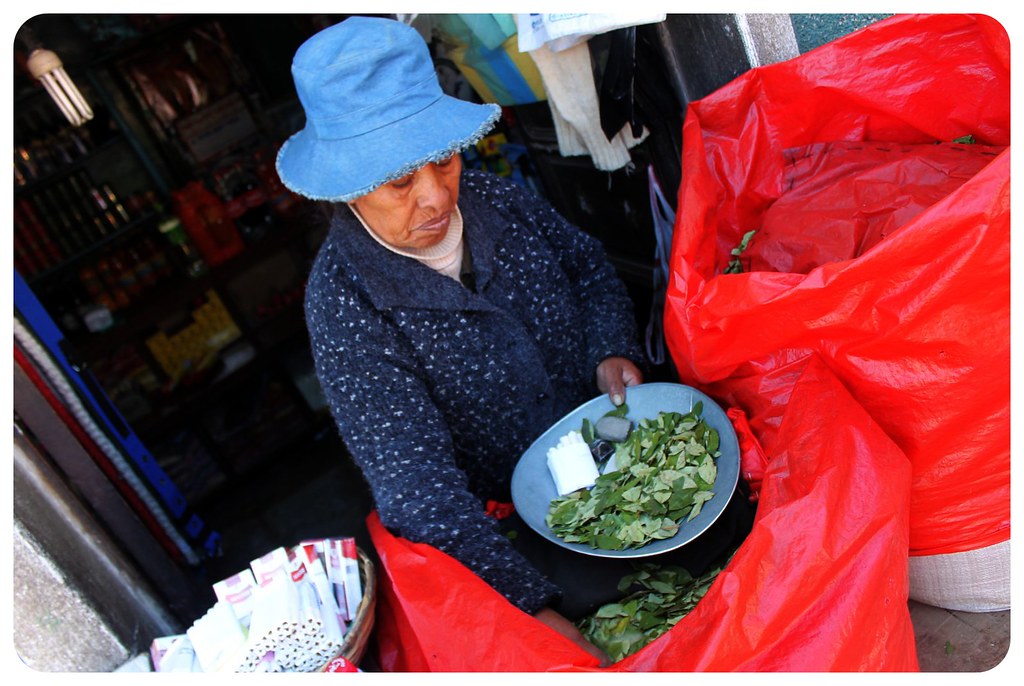 We spent our first full week in Bolivia settled in Potosí, a colonial city at 13,500ft (4,050m), which is high even for the Andes. The city center charmed us immediately and the history here is so fascinating – all we wanted to do was get out and explore.
We spent our first full week in Bolivia settled in Potosí, a colonial city at 13,500ft (4,050m), which is high even for the Andes. The city center charmed us immediately and the history here is so fascinating – all we wanted to do was get out and explore.
 The problem was that in order to explore it, we’d have to huff and puff our way up and down the city’s hilly streets at an average altitude that would be the peak of a climb in Europe or North America.
The problem was that in order to explore it, we’d have to huff and puff our way up and down the city’s hilly streets at an average altitude that would be the peak of a climb in Europe or North America.
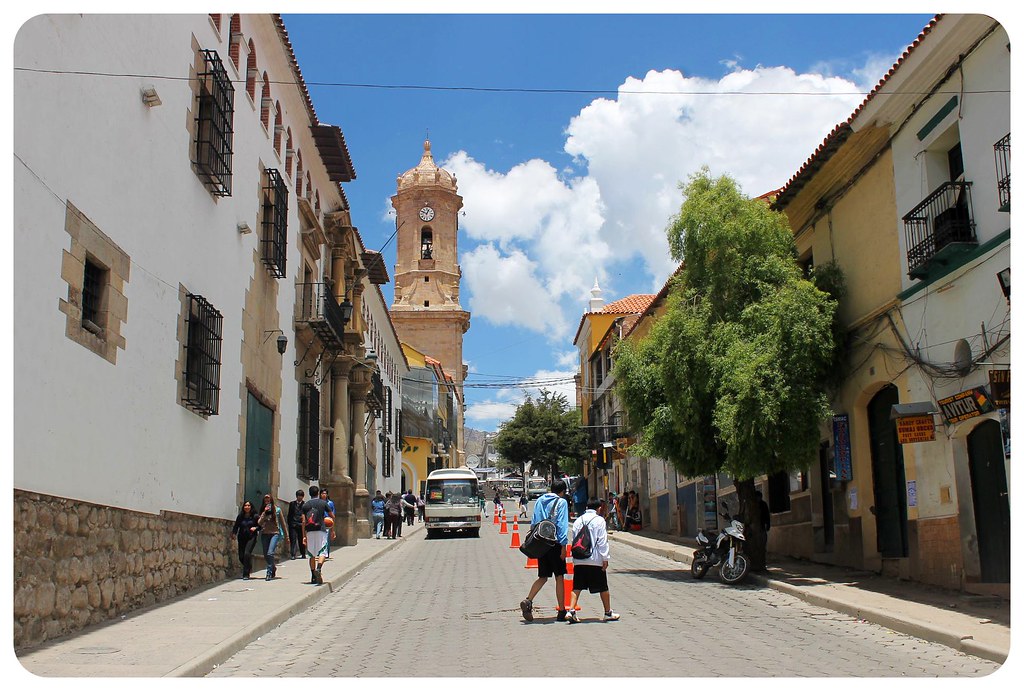 Whenever we walked downhill or on a flat part of this UNESCO protected city, we could walk and talk about the beauty of the buildings or wonder about what it must have been like when the Spanish discovered the silver in the Cerro Rico mountain that looms over Potosí, Bolivia.
Whenever we walked downhill or on a flat part of this UNESCO protected city, we could walk and talk about the beauty of the buildings or wonder about what it must have been like when the Spanish discovered the silver in the Cerro Rico mountain that looms over Potosí, Bolivia. 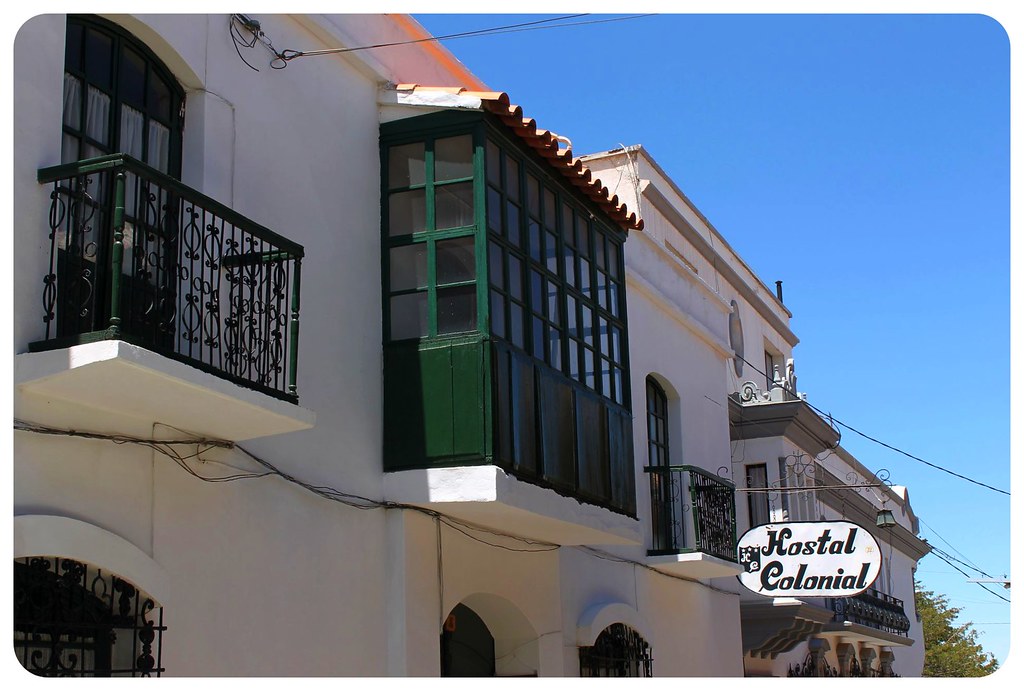 We would imagine life here as the Spanish subjugated the indigenous locals to extract it all and even brought in over 30,000 African slaves to work the mines and the massive amount of man, horse and llama power it would have taken to get the goods to the coast to ship to Spain. When you’re walking down these well-maintained colonial streets, it is easy to feel connected to the bustle here in the 16th and 17th centuries, when it was one the world’s richest and most populated cities.
We would imagine life here as the Spanish subjugated the indigenous locals to extract it all and even brought in over 30,000 African slaves to work the mines and the massive amount of man, horse and llama power it would have taken to get the goods to the coast to ship to Spain. When you’re walking down these well-maintained colonial streets, it is easy to feel connected to the bustle here in the 16th and 17th centuries, when it was one the world’s richest and most populated cities.
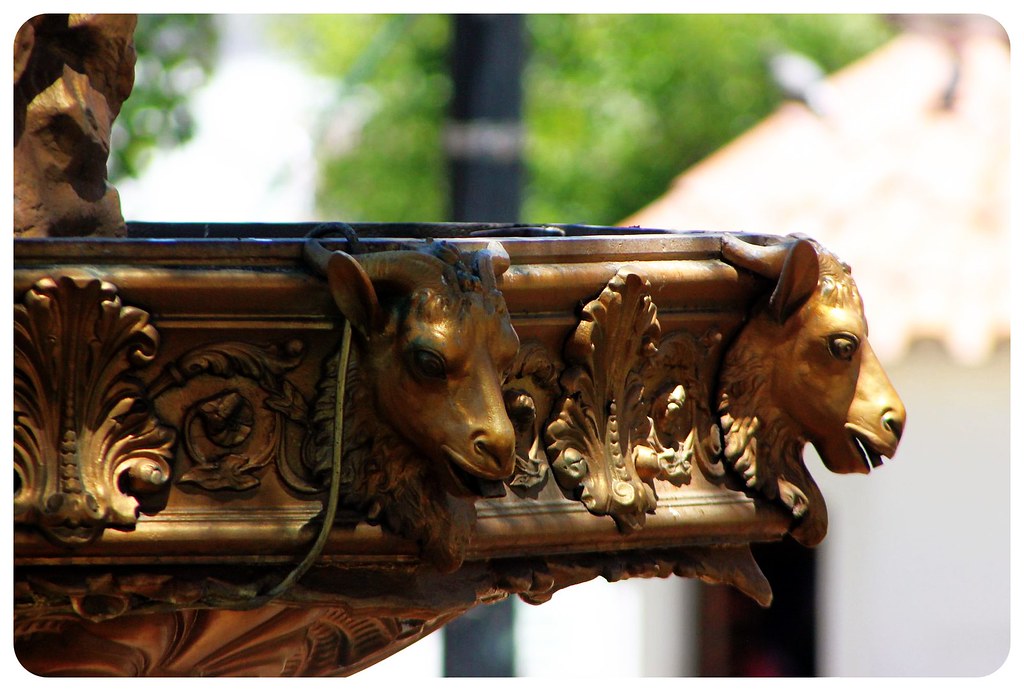 All of that imagination was possible while going downhill.
All of that imagination was possible while going downhill.
Walking uphill (which was at least half the time) we could only focus on the burning in our lungs, or trying not to attract attention with our obnoxious panting, always stopping to drink water at the end of every hill. For breakfast and each afternoon, we would drink coca tea to cut back the headaches and dizziness of being at altitude.
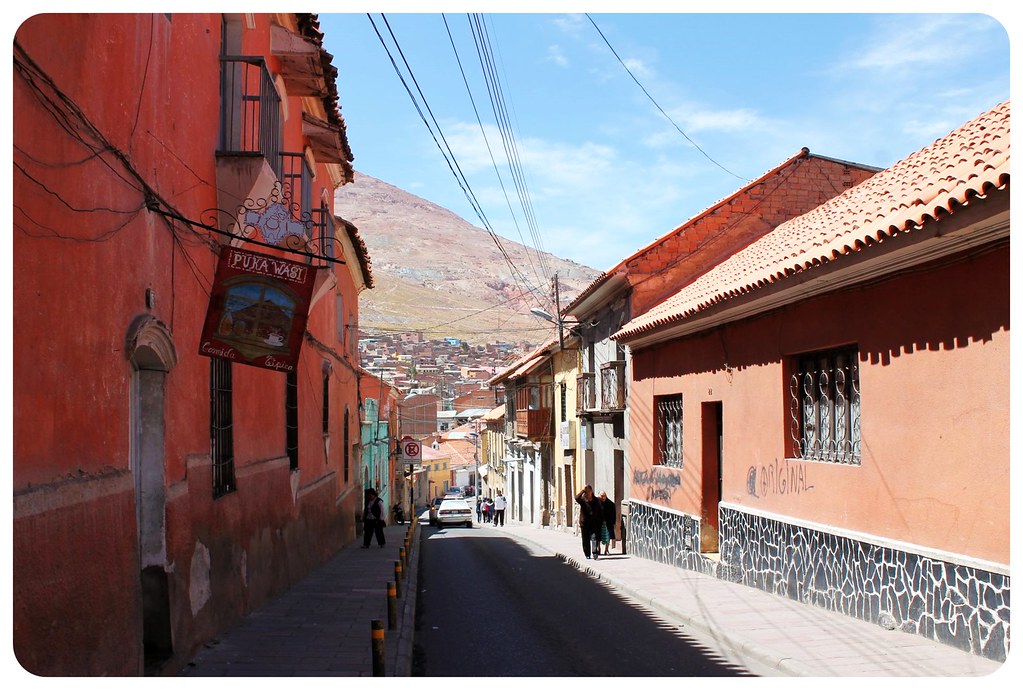 Even most of the sightseeing involved climbing hundreds of stairs to the tops of cathedrals for incredible views. Our favorite stop was the Convento de San Francisco, which can only be seen on a guided tour. We climbed up through the tower onto the roof for incredible views of Potosiand the Cerro Rico, but it was the roof tiles themselves that were the most fascinating.
Even most of the sightseeing involved climbing hundreds of stairs to the tops of cathedrals for incredible views. Our favorite stop was the Convento de San Francisco, which can only be seen on a guided tour. We climbed up through the tower onto the roof for incredible views of Potosiand the Cerro Rico, but it was the roof tiles themselves that were the most fascinating.
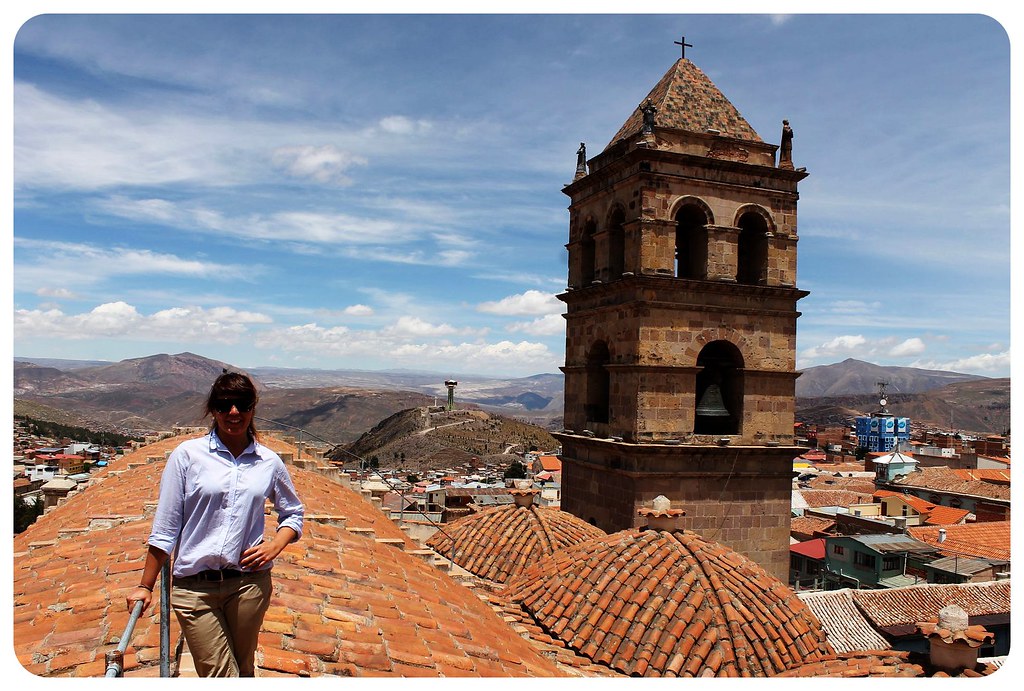 Each and every one was formed by the thighs of former miners who were taken in by this monastery, the only escape for a small fraction of miners, the rest of whom otherwise die an early death from silicosis or mining accidents. Between 2 and 8 million ‘miners’ (slaves) worked and perished in the mines throughout the three centuries of colonial rule, most of whom would live below ground for weeks or months at a time without coming-out for fresh air.
Each and every one was formed by the thighs of former miners who were taken in by this monastery, the only escape for a small fraction of miners, the rest of whom otherwise die an early death from silicosis or mining accidents. Between 2 and 8 million ‘miners’ (slaves) worked and perished in the mines throughout the three centuries of colonial rule, most of whom would live below ground for weeks or months at a time without coming-out for fresh air.
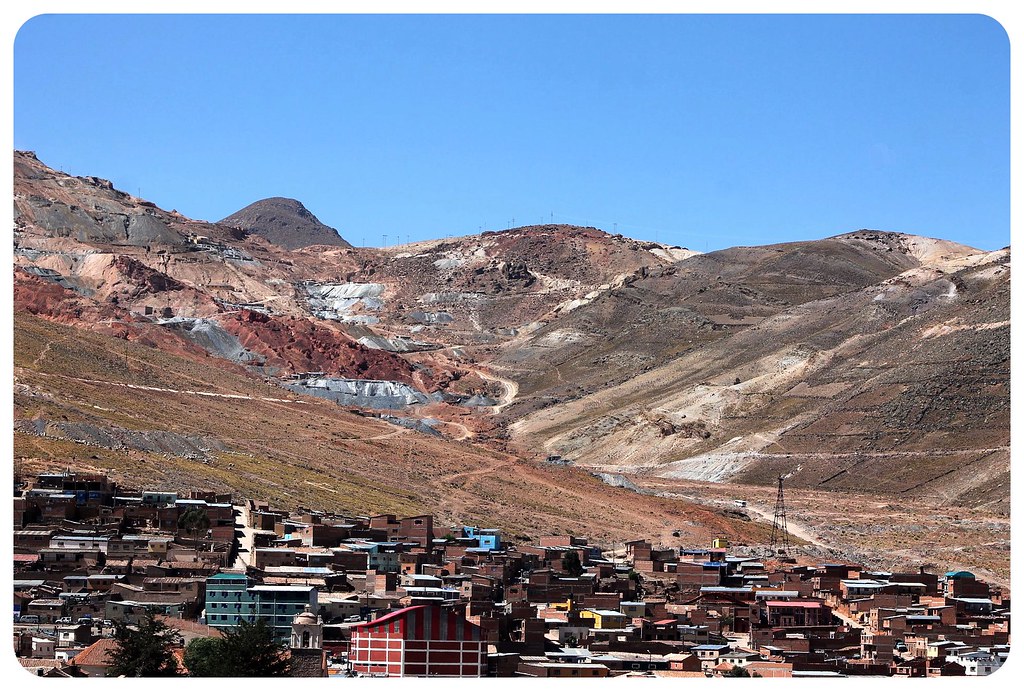 The silver mines were depleted by 1800 and although tin and other minerals continue to be extracted today, by the early 19th century Potosí’s slow and steady economic decline had begun. You can learn much more about the history and present day conditions of Cerro Rico on a mine tour, the town’s main – and very controversial – tourist attraction. The tours are dangerous, have a ‘human zoo’ element and yet also provide international awareness for the terrible conditions for the miners. Despite her altitude sickness, Dani was eager to do a tour of the mines and I decided to sit it out. She talks about the intense experience in detail here.
The silver mines were depleted by 1800 and although tin and other minerals continue to be extracted today, by the early 19th century Potosí’s slow and steady economic decline had begun. You can learn much more about the history and present day conditions of Cerro Rico on a mine tour, the town’s main – and very controversial – tourist attraction. The tours are dangerous, have a ‘human zoo’ element and yet also provide international awareness for the terrible conditions for the miners. Despite her altitude sickness, Dani was eager to do a tour of the mines and I decided to sit it out. She talks about the intense experience in detail here.
 Most tourists spend just a day or two in town between stops in Sucre and the Salar de Uyuni salt flats tour, but if you can stand the altitude, spend a few extra days in what is easily one of the most important historic cities in all of South America.
Most tourists spend just a day or two in town between stops in Sucre and the Salar de Uyuni salt flats tour, but if you can stand the altitude, spend a few extra days in what is easily one of the most important historic cities in all of South America.
Potosi Travel Guide
What to do in Potosi
Tour the cooperative silver mines of Cerro Rico
There are several companies, some more ‘ethical’ than others. Check the reviews on Tripadvisor to make sure you book the tour with a reputable company that really supports the miners and not just says so.
San Francisco Convent and Temple
Visit this gorgeous example of 16th century architecture (don’t forget to appreciate those roof tiles!) on a guided 1.5hr tour. There are also catacombs on the property.
This is a great museum about the history of the silver mines, Potosí as one of the world’s first coin mints and the ties between the evolution of coin money to the economic decline of Potosí itself. Guided tours in English or Spanish lead you through 20 galleries that show everything from weapons to archeology to the coin presses themselves.
Potosi Cathedral
Set on the town square, you can enter through a nearly nondescript back entrance, pay 15Bs (US$2.17) per person for a quick tour of the beautiful, yet unfinished cathedral’s restorations and climb to the top for views of the city from the bell tower. The cathedral is open from 9-12 in the morning and 3-6 in the afternoon.
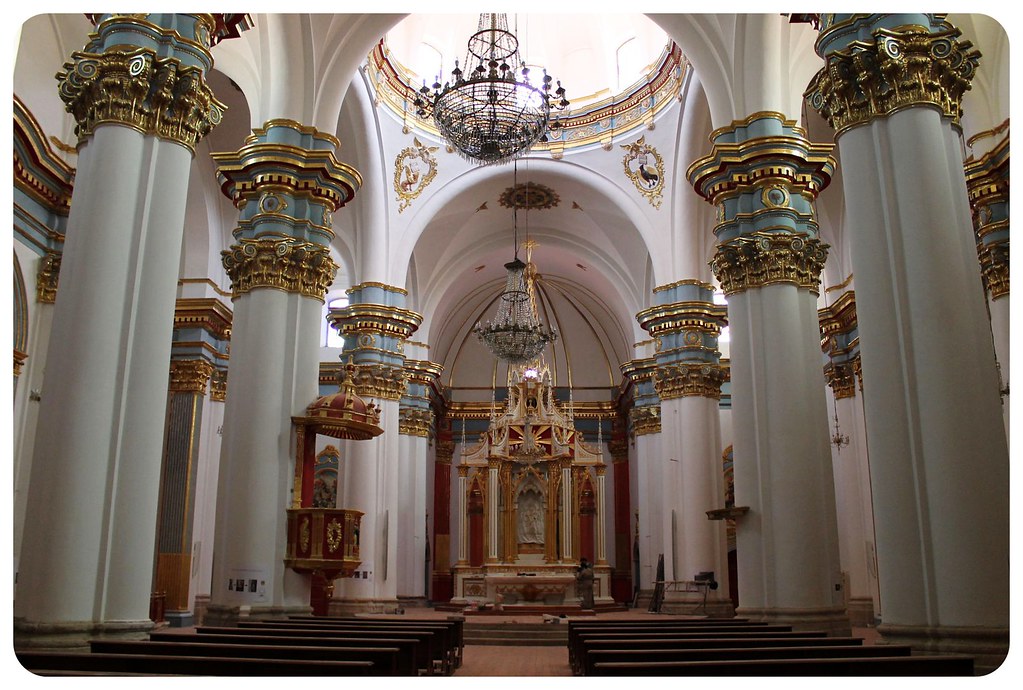 La Merced Church Museum and rooftop cafe
La Merced Church Museum and rooftop cafe
Although we attempted to visit this highly recommended rooftop cafe almost every day of our stay in Potosí, it was somehow never open. Sipping coffee with incredible views is supposed to be a highlight to a visited to Potosí.
Discover the beautiful colonial architecture
Make sure to plan in time to stroll around town – the best time is earlier in the morning or on Sundays when less traffic makes the narrow streets easier to wander. Our favorite things to spot are the incredibly ornate carved wooden balconies that hang over the sides of the colonial buildings throughout the center. You’ll quickly see why the entire city is a UNESCO World Heritage Site.
Lonely Planet’s Potosi Travel Guide has a full list of Potosi’s architectural gems here.
Where to eat & drink in Potosi
Café De La Plata
Right on the main square, the high ceilings, dark wood and big windows here make you feel as though you were part of the Spanish upper class who would have enjoyed this place centuries ago. Today they serve up great coffee, yummy cakes (try the quinoa cake if they have it!) and affordable international dishes.
This hole-in-the-wall vegetarian restaurant is surprisingly popular with locals and tourists alike, and with only five tables and a seriously good deal on their set lunch menu (five courses for 18Bs / US$2.60), we often had to wait just to get a seat. The set lunch is served til later in the afternoon, so avoid the 1130-1:30 lunch rush if possible. Come for dinner and order veggie burgers with quinoa, oats or lentils for only 9Bs (US$1.30) or full dinners for 15Bs (US$2.17)
La Taverne
This upscale French restaurant serves up quality local dishes as well. Food options are very limited for vegetarians, but our soup and salad were lovely.
Koala Café
This backpacker joint just off the main square attracts plenty of locals too, with its cheap food – including great set lunch menus, good cakes/cookies and not-painfully-slow Wi-Fi makes this the kind of place you can come for lunch and stay for coffee.
This was our favorite place to grab a drink in Potosí, Bolivia. The bar is set in an 18th century colonial building and has a great local and international vibe.
How to combat altitude sickness in Potosi
Drink coca tea
Most restaurants have this on the menu and your hotel will likely have some available for free at all times.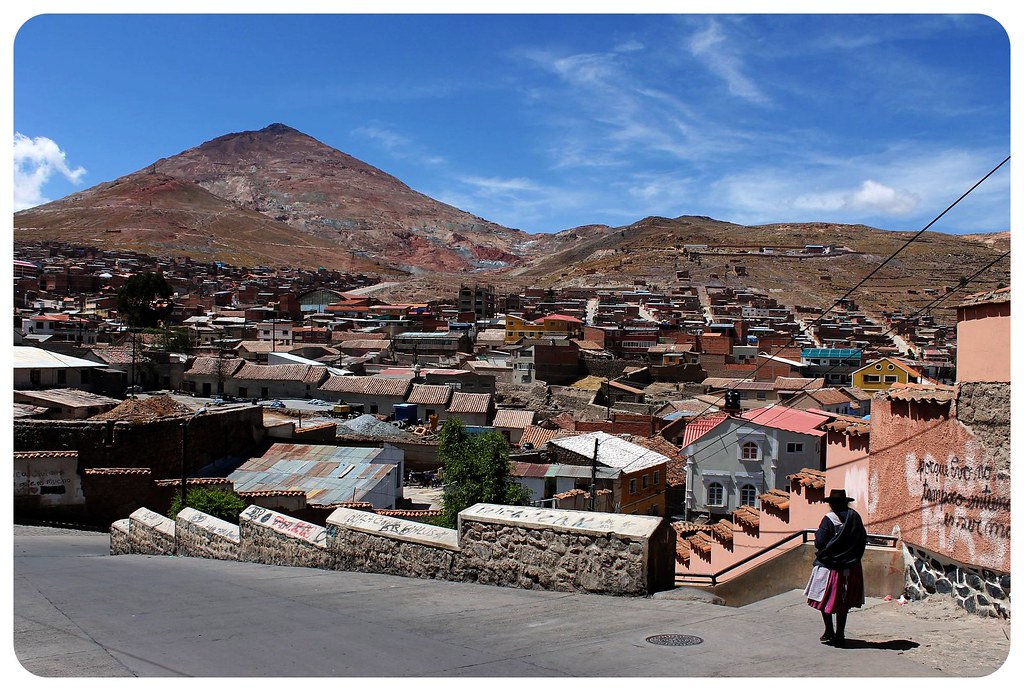 Chew coca leaves
Chew coca leaves
This is an option, though most visitors don’t do this. Much like baseball players with chewing tobacco, you fold up ten or so leaves and pack the wad into your cheek. We did this on the salt flats tour and Macchu Pichu trek, but not for everyday use.
Drink water
Altitude sickness dehydrates you so make sure to drink three or more liters of water per day.
Avoid alcohol
Altitude sickness dehydrates you and alcohol only makes this worse, plus who needs an even bigger headache or more dizziness of a hangover the next day.
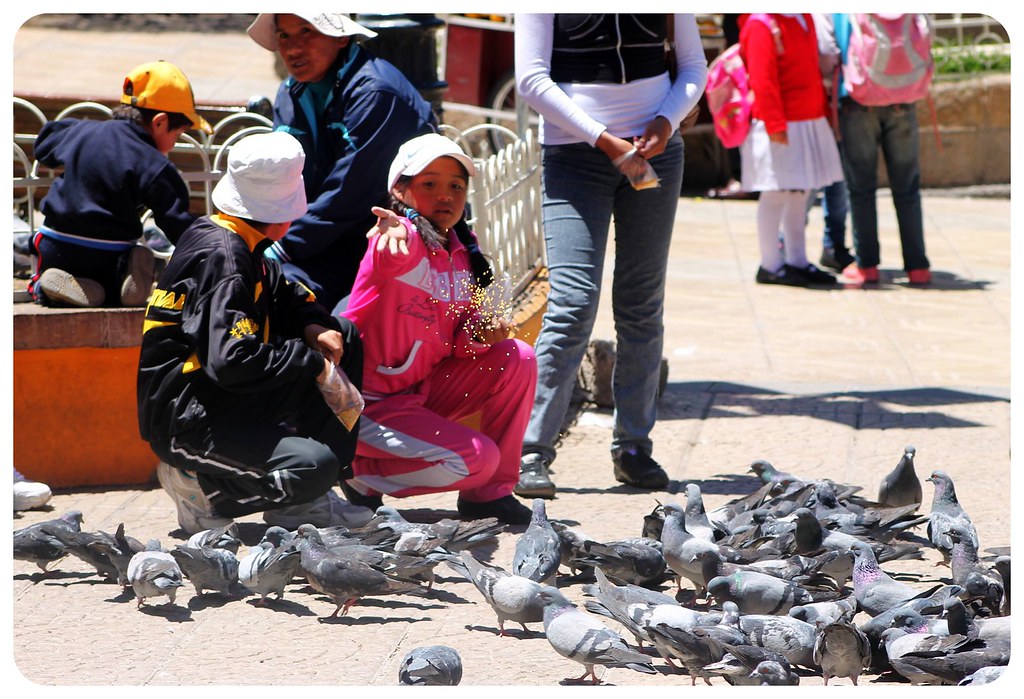 Get acclimatized
Get acclimatized
The most important thing you can do, even if you have spent time in La Paz and Sucre coming from the north or Uyuni coming from the south, is adjust to the altitude. The altitude in Potosí is serious and you should take time to adjust. Spend at least one night and day taking it slow before doing the mine tour or spending a full day sightseeing.
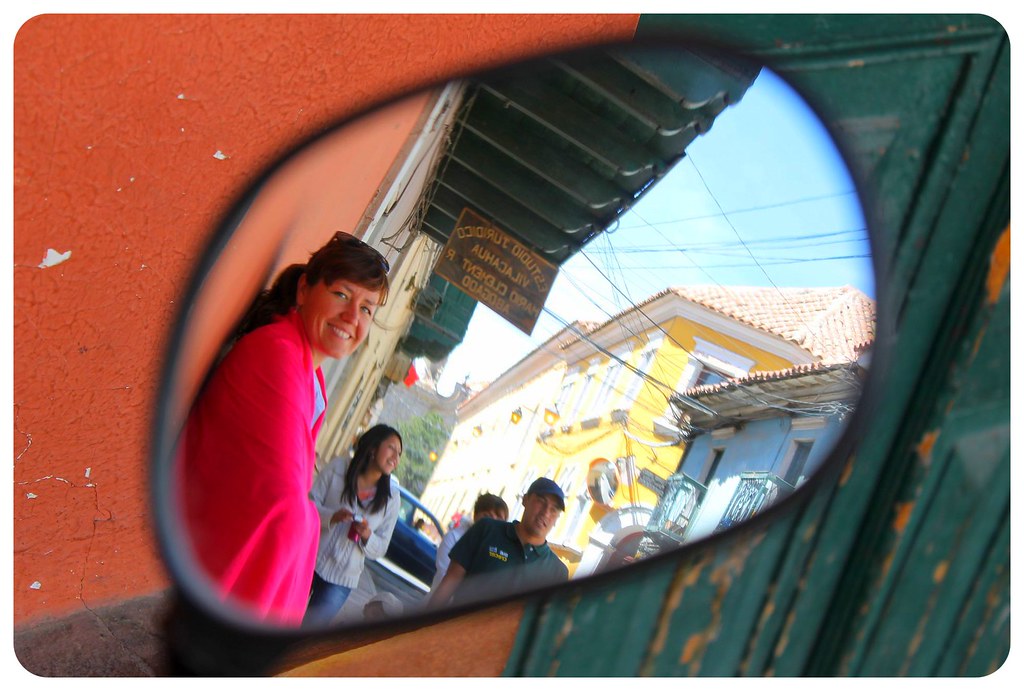 Get to a lower altitude
Get to a lower altitude
If your symptoms do not subside in a day or two, head back down to lower ground, maybe hop the night bus to Sucre. There are more serious developments to altitude sickness that could develop if you are affected and do not get to lower altitudes.
Check out our image gallery for more pictures of Potosí:
[flickrslideshow acct_name=”globetrottergirls” id=”72157641471982423″]

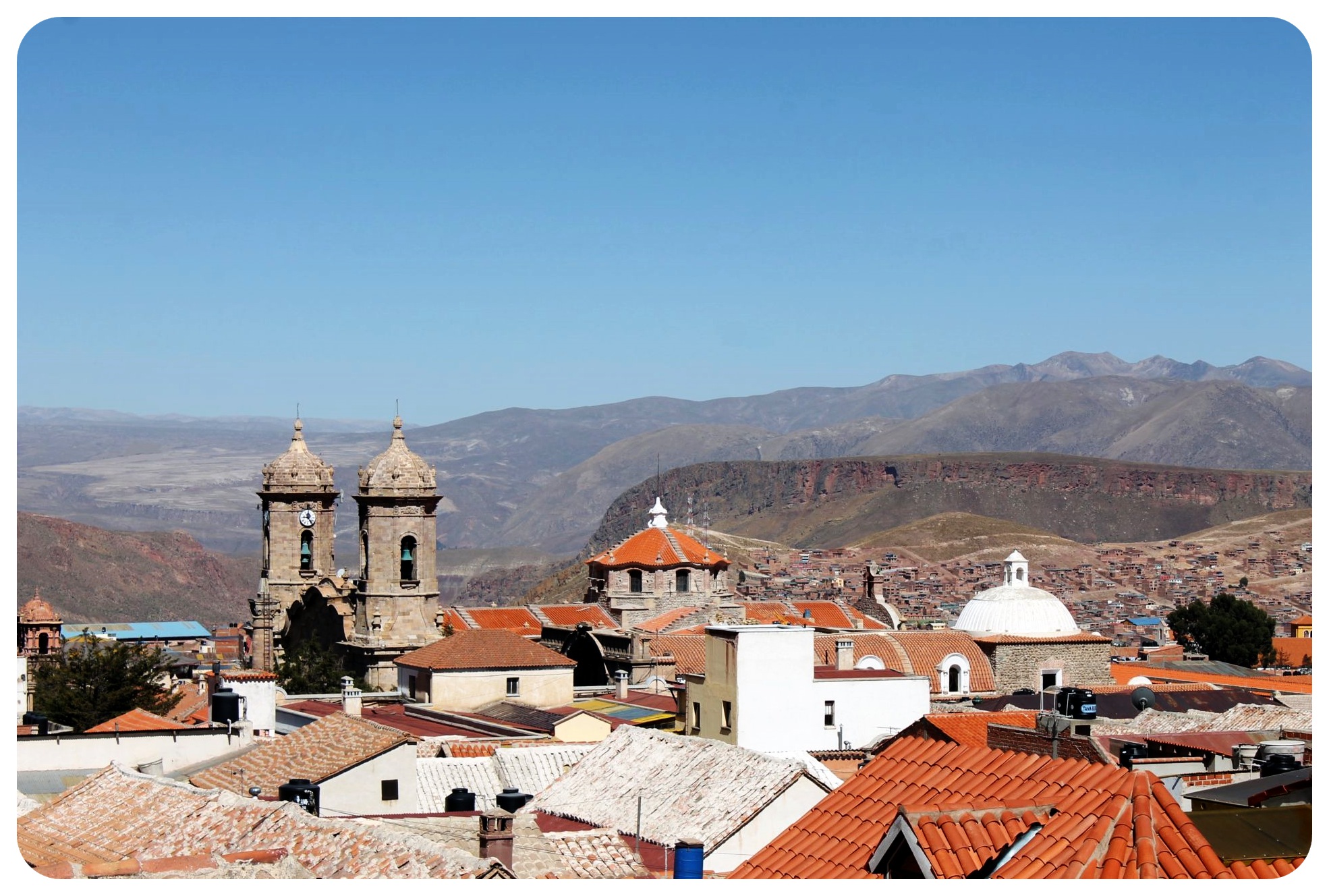
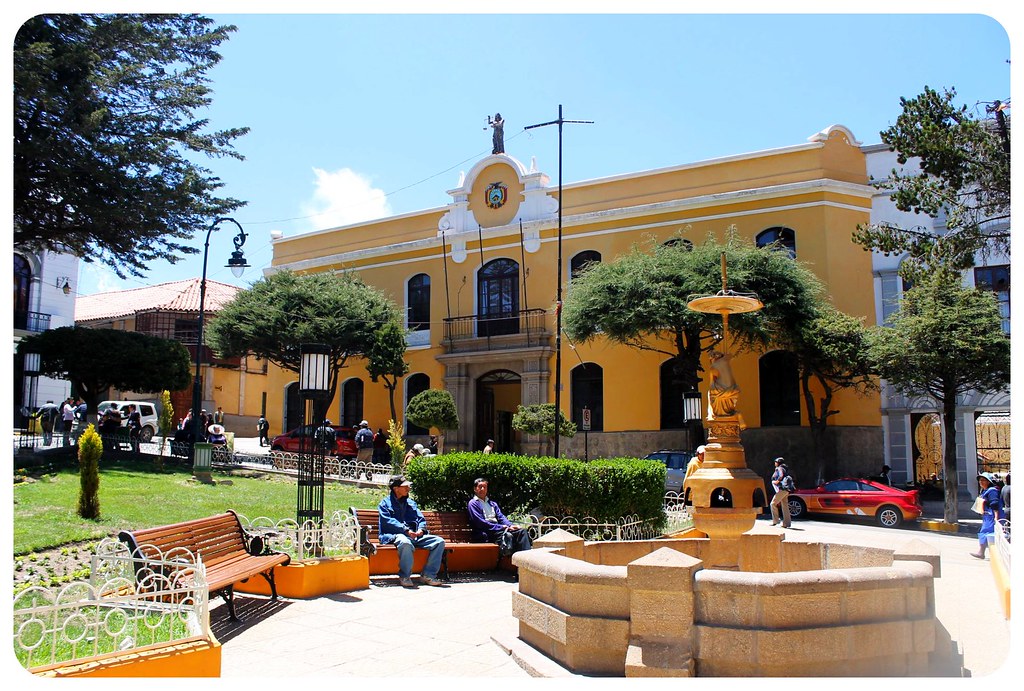

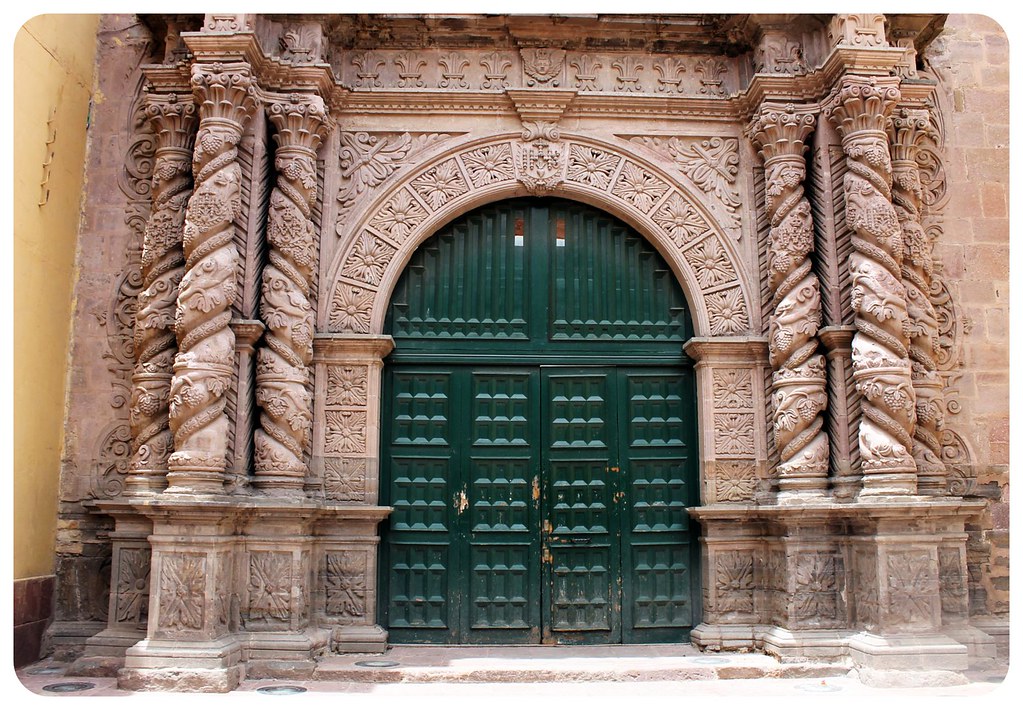
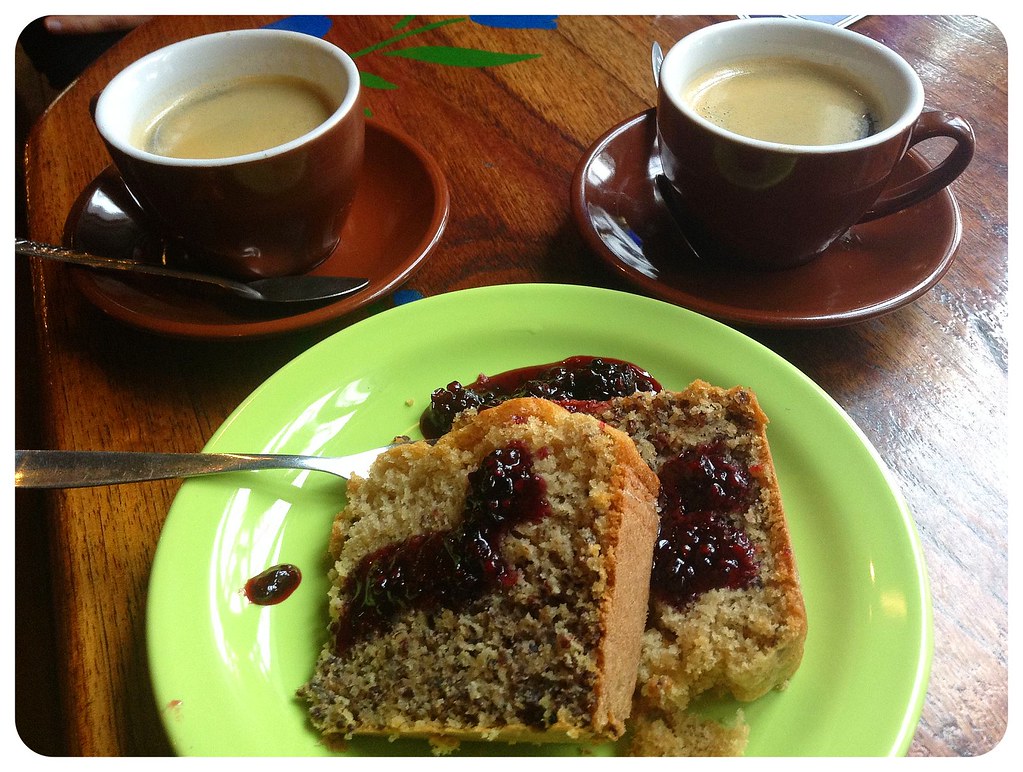
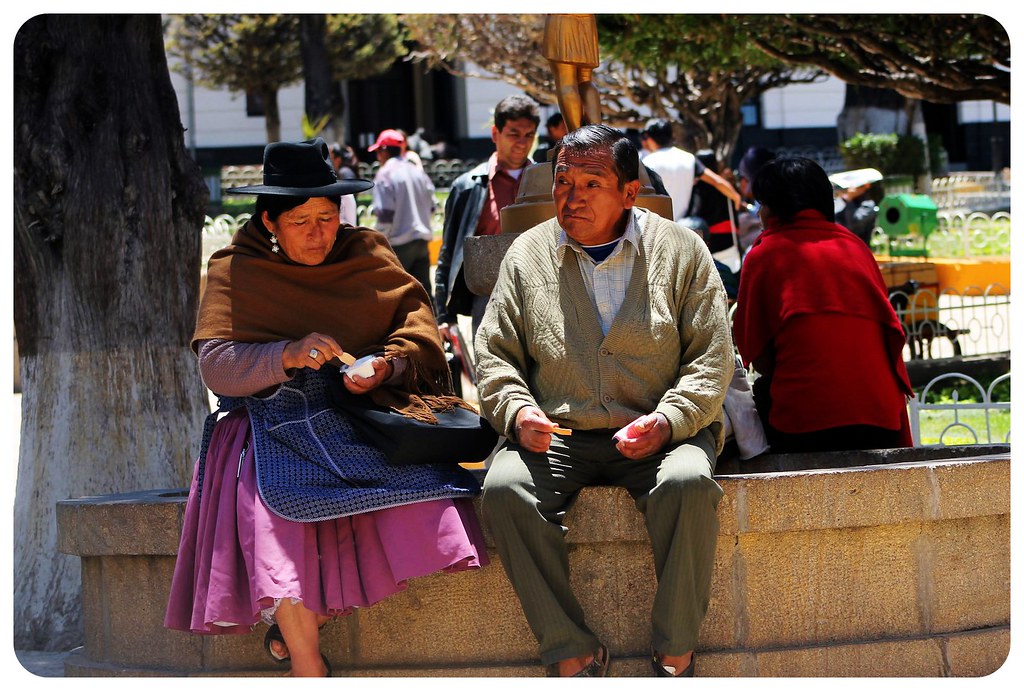


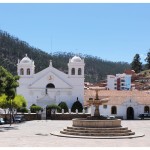
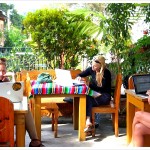
Tim Proffitt-White
Thursday 1st of March 2018
Hi Dani, I'm going to spend a little time in Potosi this April and your information was interesting and helped me decide on how long to stay, thanks!
Dani
Wednesday 21st of March 2018
Hi Tim, thanks so much! Enjoy your time in Potosi! I think I'd say it was my favorite town in all of Bolivia :)
Sam Elliott-Wood
Saturday 5th of August 2017
Looks like you guys really struggled with the altitude! How long were you in Bolivia for? We're there for about three weeks and wondering whether to squeeze Potosí in or not!
Dani
Sunday 6th of August 2017
Hi Sam, definitely squeeze in Potosi!! It was one of my favorite places in Bolivia. I struggled with the altitude there because I had (as it turned out later) pneumonia, but you should be fine :)
Jamie S.
Friday 21st of March 2014
The mines must be extremely haunting and subduing experience.. From what I´ve heard and read they are at least 50 years behind the rest of the world when it comes to safety measures and equipment - with deaths and accidents happening quite frequently.. The city itself is stunning, though. I love how it still boasts the spoils of its amazing past -- to roam among those beautiful buildings and ornate colonial mansions must be great..just walk, look around and breathe in the atmosphere..
Dani
Friday 21st of March 2014
Hi Jamie, it's true - the equipment in the mine is at least 50 years behind the rest of the world!! I wrote about my visit to the mine in detail here. Potosi is very pretty though - I am glad that the city was awarded UNESCO World Heritage status and that they're working hard to preserve the historic buildings :)
Stephanie - The Travel Chica
Sunday 2nd of March 2014
Now I'm having second thoughts about skipping Potosi.
Dani
Tuesday 4th of March 2014
I remember reading that you wanted to return to Bolivia anyway to see the places you didn't make it to on your first visit - definitely put Potosi on the list for next time ;-)
Bi-weekly Travel Inspiration - foodandphotosrtw.com
Thursday 27th of February 2014
[…] Breathtaking Bolivia: Our week in Potosí, the world’s highest city by Globetrotters: I actually wanted to visit Bolivia and Peru in 2013. Instead I spent some more time in Argentina as my annual leave would have been to short to really enjoy both countries. As I’ll leave Germany in September I probably will end up there anytime soon. Potosi seems to be a nice city and if you plan to visit the highest city on earth, read that post as it has a lot of helpful information including what to do, where to eat and how you get used to the altitude. […]